If you liked this research article please consider supporting the author, by scrolling down for various options, on the main page or sharing a link to this blog post or blog www.isutrikanda.com on your social media so others can also read it. You can also follow me on X @stijnvdhoven Thank you!
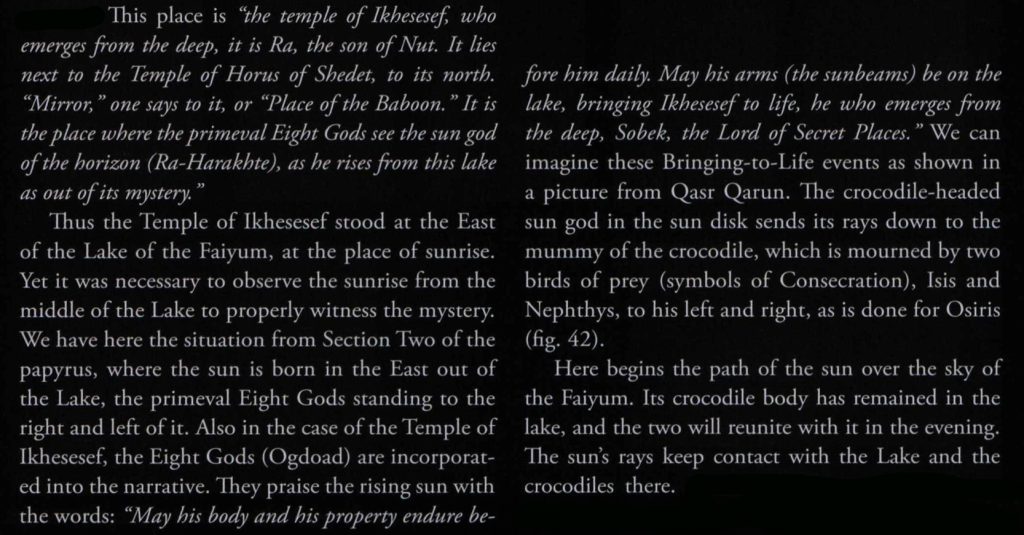
Book of the Fayum: https://archiv.ub.uni-heidelberg.de/propylaeumdok/2891/1/Beinlich_Faiyum_2013.pdf
Below is an Email send to lead archeologist at Soknapaiou Nesos, linking the site religiously and by the sun to the Sobek temple at Qasr El Qarun as a “sister site”.
https://www.museopapirologico.eu/soknopai_eng.htm
Identifying these two as “the temple of ikhesesef” and “Horus temple of shedet” with the “lake island” ,to watch the sun rise from the lake (like Sobek the crocodile), from the book of the Fayum.
——— Forwarded message ———
From: Stijn van den Hoven
Date: Wed, Oct 8, 2025, 11:25 PM
Subject: An insight to Soknapaiou
To: <paola.davoli@unisalento.it>
Hi,
Hope you are well.
My name is stijn van den Hoven. I am an independent researcher with an interest in Egypt. I have been in contact with Mr Helal for a Menkaure pyramid hypothesis I wrote in 2019, which is being tested at Giza by the scan pyramids team.
https://www.sciencedirect.com/science/article/pii/S096386952500012X
I have cc-ed him just in case he likes this writeup.
I have also written on the Biahmu site even longer ago as a potential site for the pyramid lake island tombs of king Moeris of which Herodotus speaks about and suggest more extensive gpr and lidar work there also.
https://www.academia.edu/124354807/Herodotus_lost_pyramids_and_tomb_of_King_Moeris
Whilst looking for the lost labyrinth palace tomb, I wrote below article on my blog, doubting the Hawarra location and identifying it based on the historical sources as a 650bc Sait, 26th dynasty, palace.
I had an interest in Qasr El Qarun, but technically I’m looking for a Sait palace not temples, although I do believe there is evidence of buildings under the temple and I don’t know if extensive arial lidar or GPR has been done at Soknapaiou Nesos or Qasr El Qarun.
I then found a text from the book of the Fayum that speaks about the temple of ikhesesef (Sobek), that it was east of the lake (identified as Qasr El Qarun) and how “an island was used in the lake” to watch the sun rise east, from the lake, which was “north and to the side of it”, which matches the site of Soknopaiou Nesos including the lake island remark.
It spoke about “the Horus shedeth temple”. Currently, afaik, there is no known acknowledged horus temple in the Fayum.
The book of the fayum also speaks about how all gods had crocodile counterparts with crocodile bodies with head of god.
I think I can make a contribution to understanding https://en.wikipedia.org/wiki/Soknopaiou_Nesos
I learned about soknapaiou and it all started to make sense. Especially when I found ground plans by luck of both sites and there it was indeed. “The mirror” the text speaks of.
Soknapaiou was indeed “the mirror” as per the text. A near identical temple plan to Qasr El Qarun. Based on analyzing the text, they worked in a pair as religious site and also as Horus/Sobek counterpart. From the island they looked to Qasr El Qarun to see the sun rise.
Like crocodiles in morning lie on east bank and at noon at west bank then they go into watery lake underworld to rise next day like the sun. This is why Sobek was revered as a solar animal.
I suspect the temple sites were a pair and that the mentioned Horus temple of Shedeth, in the book of the Fayum, is Soknapaiou, whilst it’s mirror, the Sobek temple spoken about, temple of ikhesesef , is Qasr El Qarun. I have not put this in a paper as yet.
Hope this is deemed a valuable as hypothesis contribution linking Soknapaiou to Qasr El Qarun as a pair.
Stijn van den Hoven
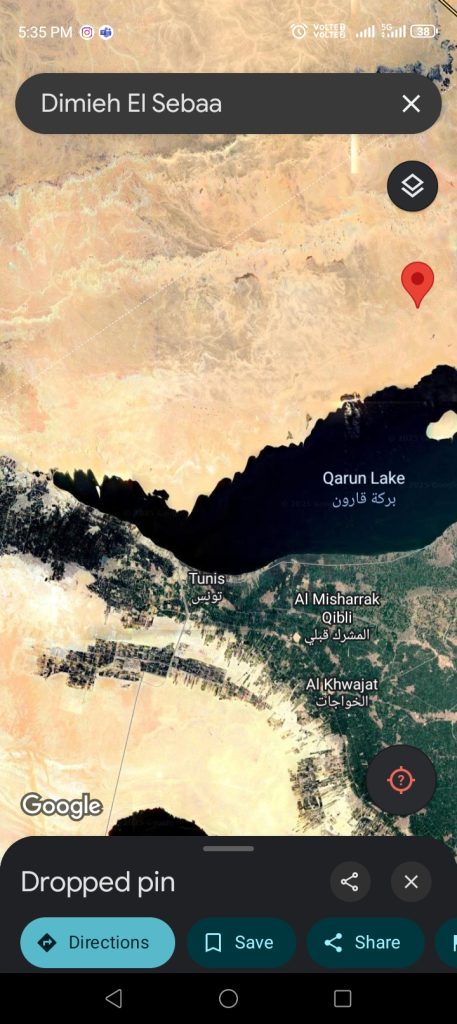
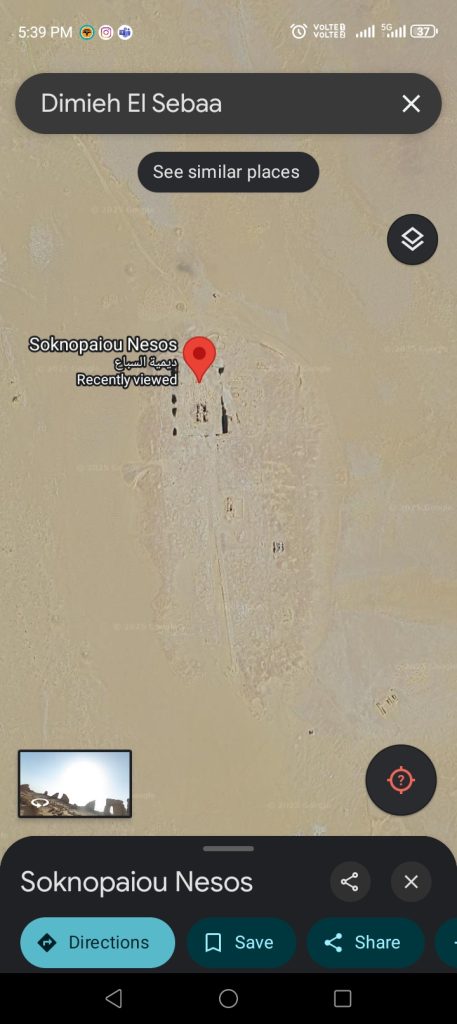
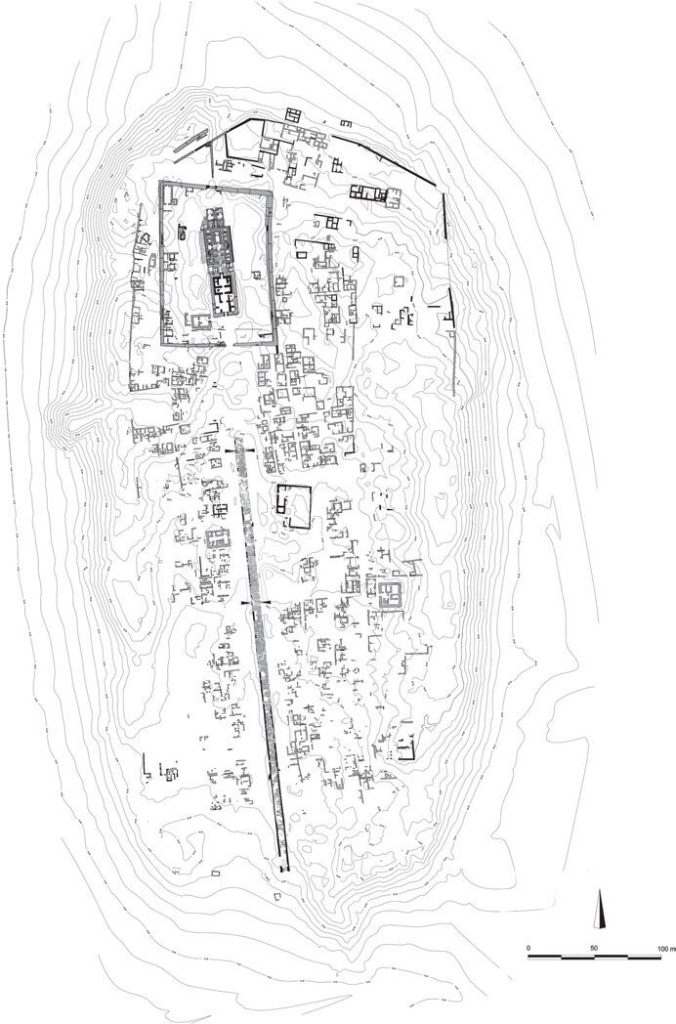
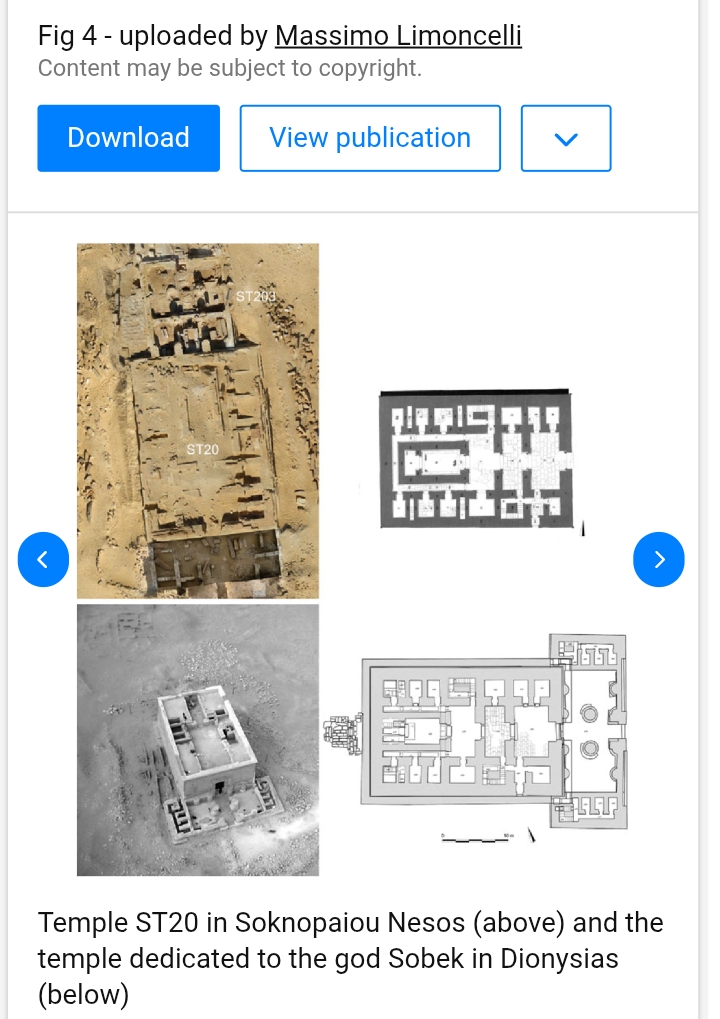
Hypothesis: Qasr El Qarun and Soknapaiou Nesos are sister sites.
The island Soknapaiou Nesos saw the sun rise from the lake were Qasr El Qarun was located as per an interpretation of the book of Fayum.
Qasr El Saga, a site identified as the labyrinth temple (see authors other article) Both sites are a potential interest for this, but besides these are more interesting sites in the Fayum such as Biahmu and others.
The proposed link between Qasr El Qarun and Soknapaiou Nesos, identifying it potentialy as ‘the Horus temple of shedet” as counter to the Sobek temple of Qasr El Qarun, where the sites fulfill a joint solar function, has not been suggested in modern Egyptology.
